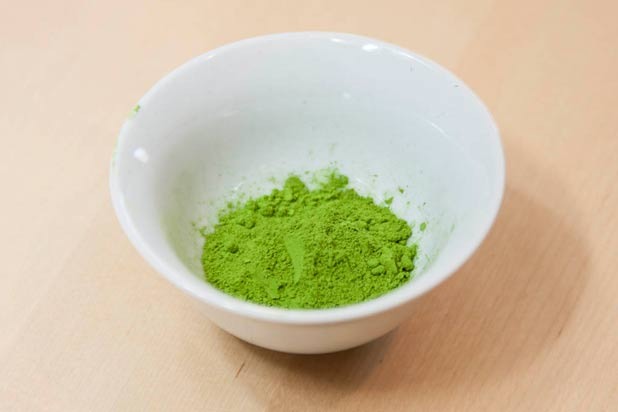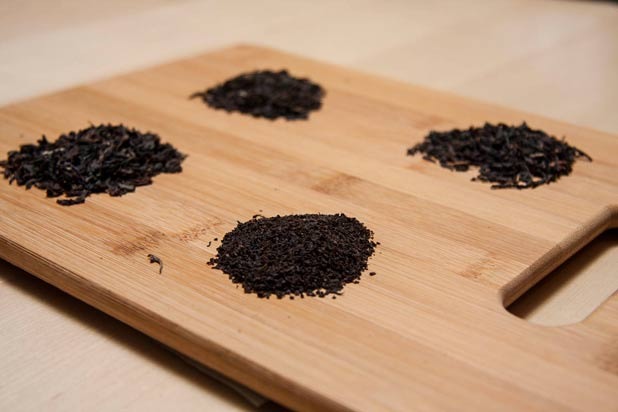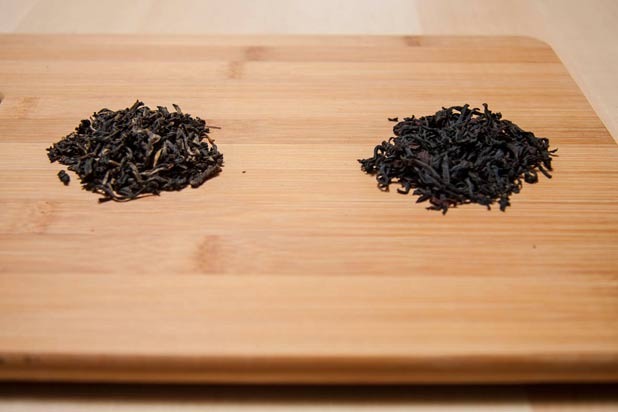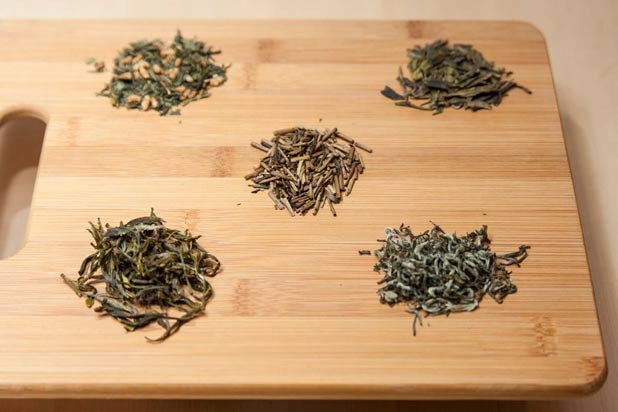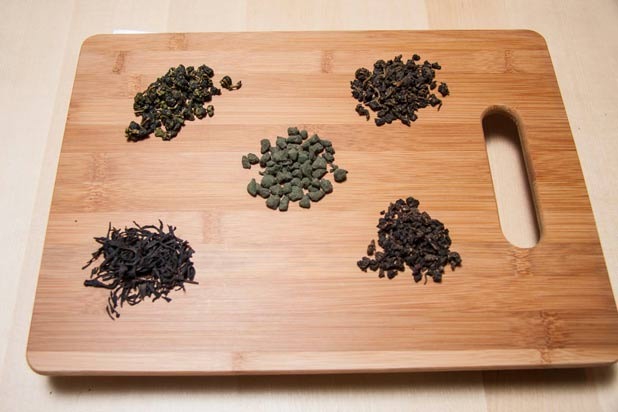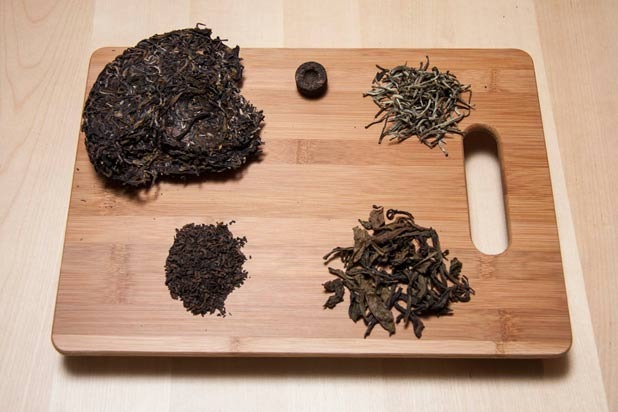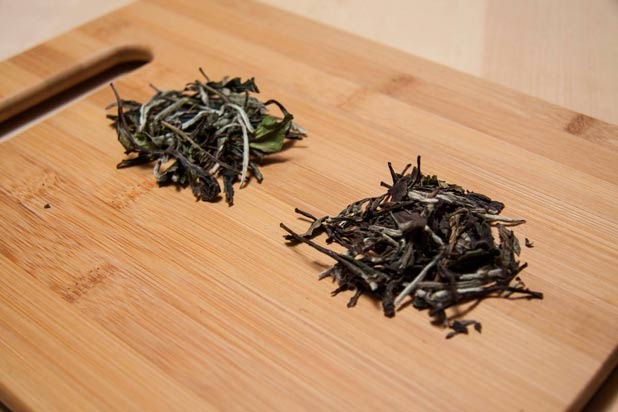A Beginner's Guide To Tea (Slideshow)
Black Tea
Black tea is the most popular type of tea in Europe and the United States, where large quantities are produced by companies such as Lipton, Twinings, and Tetley. It's well known for its rich, bitter flavor with distinct citrus notes, which comes from being fully oxidized after picking. Common varieties include Ceylon, Assam, and Darjeeling — most named for where they're grown. Many of these countries began producing tea during the time when the British discovered and started cultivating tea in its colonies.
English Breakfast
Most popular black teas in the west, are blends of Ceylon, Assam, and Kenyan varieties and packages with fanciful names such as English Breakfast or Constant Comment. They also often include extra ingredients to make cheaper tea have the same sort of flavors that more expensive varieties possess naturally. For instance, the popular Earl Grey contains oil or rind from the bergamot orange. Chinese teas, on the other hand, are usually a single type of tea with no additives. The daily British tea time almost always features a black tea blend, usually mixed with milk and sugar.
Red Tea
It's useful to note that in China and many other countries in Asia, black tea is generally referred to as red tea, since "black tea" there refers to fermented tea. Meanwhile, in the west, red tea frequently refers to rooibos tea, which is not made from the tea plant at all. The process is the same, but these teas often have more of a smokey or caramel hint than their British counterparts. There are many traditional Chinese varieties such as Lapsang Souchong, Yunnan, and Golden Monkey.
Green Tea
Green tea is the most popular tea in Asia, but is mainly grown in China and Japan. It undergoes very little oxidation after picking, giving it a delicate, grassy flavor. Popular varieties include Sencha, Kukicha, and Mao Feng. Flavored varieties are very common all over the world, including Genmaicha, which is flavored with toasted rice, and Cherry Sencha, which contains cherry tree blossoms and/or leaves. Japan and China are the most common producers of green tea. In Japan, it is commonly served from an iron pot known as a tetsubin.
Matcha
Also in Japan, a special type of green tea is produced known as Matcha and used in the traditional Japanese tea ceremony, using powdered leaves that are blended with hot water rather than being steeped.
Oolong Tea
Oolong tea is allowed to oxidize longer than green tea, but shorter than black tea. The teas most sought after by tea aficionados are often oolongs. As a family, they have the widest variety of flavors, but most possess a very rich, woody flavor, with subtle floral and sweet notes. The leaves of these teas are almost always kept intact and are prepared by rolling them, either into long, thin needles or tiny, round balls, which open slowly during brewing. Due to the already-complex taste, there are only a few common flavored varieties, such as King's Tea which is prepared with Ginseng.
Gongfu
Most Oolongs are grown in China in Fujian province – the areas of Wuji and Anxi being the most well known producers – as well as Guangdong province, though Taiwan also produces many fine oolongs. There are many famous types such as Iron Goddess (a.k.a. Tie Guanyin or sometimes romanized as Tie Kwan Yin) and Bai Hao (a.k.a. Oriental Beauty). Traditionally in China, oolong tea is brewed in a ceremonial style called Gongfu, using a very small brewing container such as a tea bowl (known as a gaiwan) or a Yixing clay teapot.
Fermented Tea
The last family of tea is oxidized and exposed to the air, and undergoes fermentation, and usually are sold as a solid brick. These teas are aged and slowly change their flavor over time, starting very bitter and dark – much like coffee – and turning more mellow over a period of years. The optimal aging time is a frequent subject of debate, but teas can be found aged up to 50 years – with 10 and 20 year old teas commonly available. The most common fermented tea is Pu-erh tea, most of which comes from Yunnan province in China.
White Tea
White tea is also lightly oxidized, and is closest in flavor to green tea. However, it also contains the buds of the plant, giving a very light, floral flavor. Silver Needle and White Peony are the most popular varieties. There are flavored varieties, such as White Melon, but in most cases it's hard to taste much of the original tea through the added flavoring.
